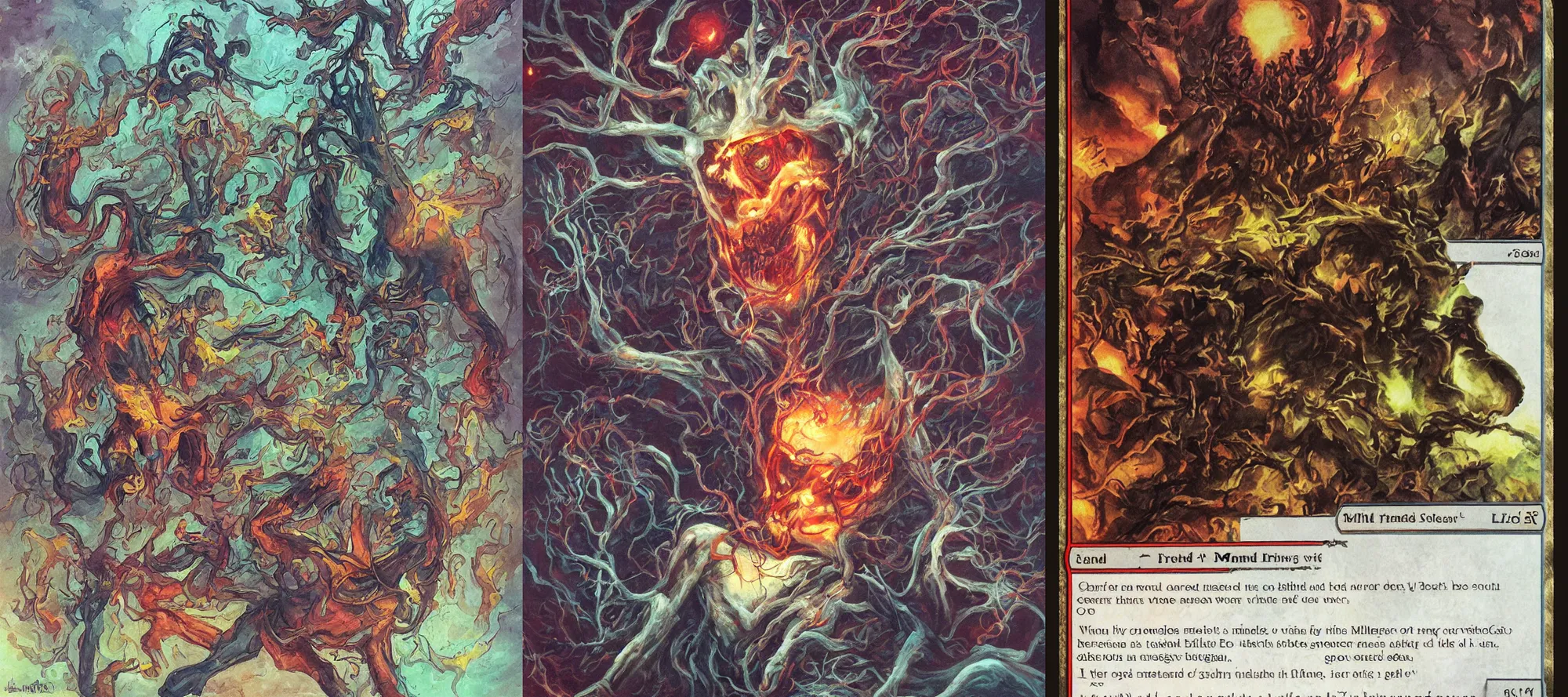
AI-generated "brain rot" visual style
AI Brain Rot: Are One-Click Videos Rotting Our Minds?

mind rot | Stable Diffusion | OpenArt
Ever stumbled upon a video so bizarre, so utterly nonsensical, that you couldn't help but watch it until the very end? Maybe it featured a shark wearing sneakers, or a ballerina with a cappuccino for a head. If so, you've likely encountered the wonderful (or terrifying) world of "brain rot" videos.
What Exactly Is "Brain Rot," Anyway?
The term "brain rot" might sound alarming, but in this context, it refers to a specific type of AI-generated video characterized by absurd, meme-filled content designed to be highly engaging, especially for younger audiences. Think TikTok on overdrive, with a healthy dose of random thrown in for good measure. These videos often feature surreal imagery, nonsensical storylines, and a general disregard for logic. But here's the kicker: creating these videos is becoming increasingly easy, thanks to tools like OpenArt's one-click video generator.
OpenArt, an AI startup founded by ex-Google employees, has recently launched a feature that allows users to create these "brain rot" videos with just a single click. Simply input a sentence, script, or even a song, and the AI will generate a one-minute video complete with wild characters and bizarre scenarios. Sounds fun, right? But is it all just harmless entertainment, or is there a darker side to this trend?
The Ethical Dilemma: Fun or Future Shock?
The ease with which these videos can be created raises some important questions. Are we on the verge of a content flood, where platforms are overrun with low-effort, AI-generated spam? Will this impact the quality of content we consume, or even our attention spans? Imagine a world where every other video you see is a bizarre, AI-generated fever dream. Sounds exhausting, doesn't it?
Of course, there's also the argument that this technology democratizes content creation. It allows anyone, regardless of their technical skills or resources, to create and share their own unique visions. This could lead to a surge of creativity and innovation, as more people are empowered to express themselves through video. But at what cost?
My Two Cents: A Double-Edged Sword
Personally, I believe this trend represents a double-edged sword. On one hand, the accessibility of AI video generation is exciting. It opens doors for creativity and allows individuals to experiment with storytelling in new and unexpected ways. Imagine the possibilities for artists, educators, and even small businesses! However, the potential for misuse and the risk of overwhelming audiences with low-quality content are real concerns. We need to consider the ethical implications and develop strategies to ensure that this technology is used responsibly.
Perhaps the key lies in finding a balance between accessibility and quality control. Maybe platforms need to implement stricter filters or develop new ways to identify and prioritize high-quality, original content. Or perhaps, as consumers, we need to become more discerning in our viewing habits, actively seeking out content that is both entertaining and meaningful. What do you think? Are we ready for the age of one-click brain rot, or are we heading for a content apocalypse?
References
- Former Googlers' AI startup OpenArt now creates ‘brain rot’ videos in just one click.
- OpenArt's One-Click AI Video: From Concept to 'Brain Rot' in Seconds
- This AI Tool "OpenArt.AI" Creates AI Videos in Just...
- Wonder how to make those quirky "Italian brain rot" videos that rack.....
- OpenArt AI Evolves to One-Click Brain Rot Videos, Sparking Ethics Debate

